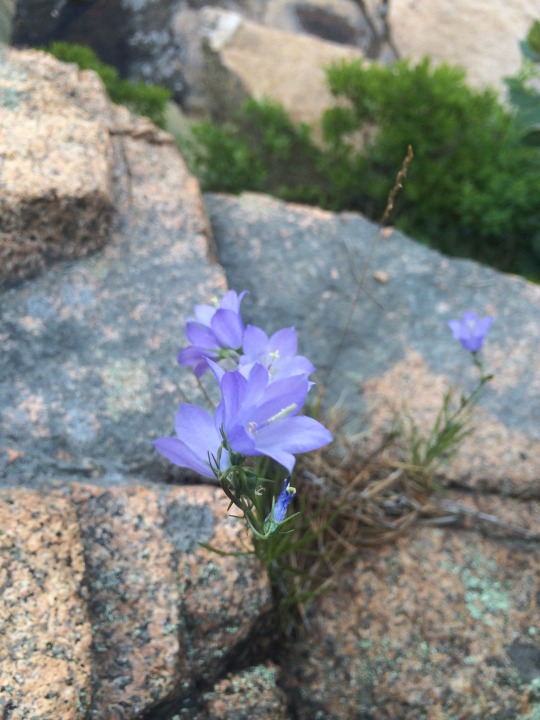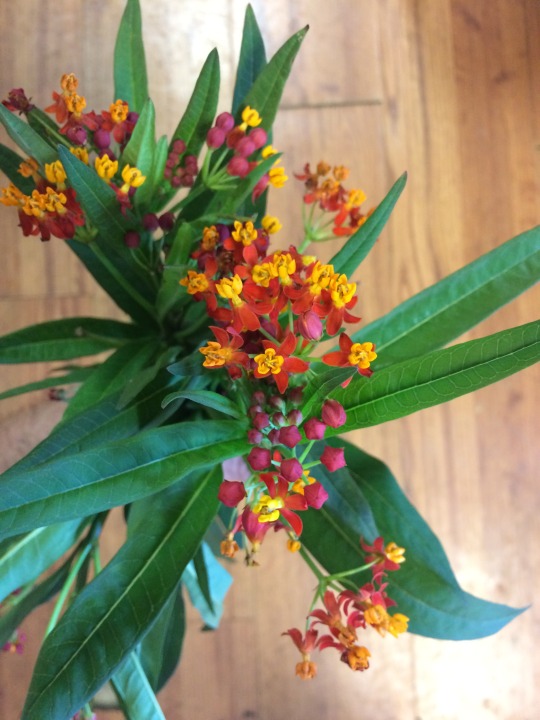Photo

Lead and silver ore. Got me jonesin' for some terraria (at Colby College)
0 notes
Photo

Walking around at werq looking at #gemz #malachite (at Colby College)
1 note
·
View note
Photo

Symphyotrichum novae-angliae
New England American aster
Asteraceae
0 notes
Photo

#hiddenplace #mysteriousdias #bestrunningofmylife
0 notes
Photo

seasons r weird #notfromaroundhere #winteriscoming (at Winslow, Maine)
0 notes
Photo

my life, devolving into Far Harbor. Resisting the urge to comb the house-pit for valuable salvage #gaymer #randomcrater #gitusum (at Two Cent Bridge)
0 notes
Photo

reasons why I hate livestock. At least we got to pet the angora bunnies #carrotfingers #evilsheep (at Maine Organic Farmers And Gardeners Association (MOFGA))
0 notes
Photo

boss bought this junk off the fleur truck this morning. I remember this guy's cousin from my thesis. I love all things with ocreas (special kind of sheathing leaf bases) #persicaria #polygonaceae #ocrea (at Waterville Florist and Formal Wear)
0 notes
Photo

Campanula rotundifolia L.
Harebell
Family: Campanulaceae
1 note
·
View note
Photo

I like big flowers in small containers #bubblebowl #helianthus #alstromeria #chamelacium #seededeucalyptus (at Waterville Florist and Formal Wear)
0 notes
Photo

fall tones #asperrequest #solidago #gerbera #hypericumberries #chrysanthemum (at Waterville Florist and Formal Wear)
0 notes
Photo

2 ♥️'s, 1 butt #twinsies #pinusstrobus #whitepine (at Waterville, Maine)
0 notes
Photo



Daucus carota L. Wild Carrot
Family: Apiaceae
A non-native biennial herb hailing from Eurasia and North Africa, these plants can be seen on the roadside across much of the eastern United States.
While the name may suggest something recognizable and edible, I wouldn’t reccommend trying to pull these plants up for a snack. Human domestication of this species has yielded the grocery store carrot through hundreds, if not thousands, of successive generations. As a rule, I tend to discourage foraging unless the parties participating are EXTREMELY clear about safety and sustainability practices. Additionally, this species can be morphologically similar to water hemlock, which is super toxic.
One way to distinguish this species from the water hemlock is the presence of a “fairy seat”. This appears as a dark purple bloom in the center of the floral head of the wild carrot. This morphology seems to occur in about 7 out of 10 individuals. No field-guides I’ve read have mentioned an ecological significance of the “seat”, but it still serves as a useful tool for identification.
1 note
·
View note
Photo

Arrangement with Asclepias sp. #somethingfresh (at Waterville Florist and Formal Wear)
0 notes
Photo



Came back from a long road trip and found these beauties waiting at work! I’ve never seen floricultural varieties of Asclepias sp., so it was quite a treat!
Asclepias is a genus of plants found throughout the U.S. The latin name of the genus is derived from the Greek god of health, Asclepius. The common name for these plants, milkweed, comes from the milky latex exuded from broken leaves/stems.
While not all members of the genus are toxic, specific species are able to imbue their insects hosts with toxic alkaloids. A classic example of this phenomenon is the Monarch butterfly. These insects are rendered unpalatable due to consuming parts of the plant rife with toxic chemicals. The butterfly larvae feed on these plants, all the while sequestering compounds as they graze on the leaves. These compounds aid the adult butterflies by causing a direct association between the insects and bad taste for any predator. More info from the Monarch Lab at University of Minnesota:
http://monarchlab.org/biology-and-research/biology-and-natural-history/breeding-life-cycle/interactions-with-milkweed/
Lastly, the flower anatomy of this group is spectacularly architectural. The corona is made up of 5 paired “horn and hood” structures, with the “hoods” acting as sheaths for the associated “horns”. Between the hoods, sticky masses of pollen (collectively termed pollinia) can be found. These novel evolutionary structures are best seen either in person, under a dissecting scope, or in a technical drawing. Check out the photos of the flowers and compare them to other species to see the fidelity to this unique morphology but also the variation apparent in this widespread group.
0 notes
Photo

I made another thing at work #bupleurum #freshmix (at Waterville Florist and Formal Wear)
0 notes
